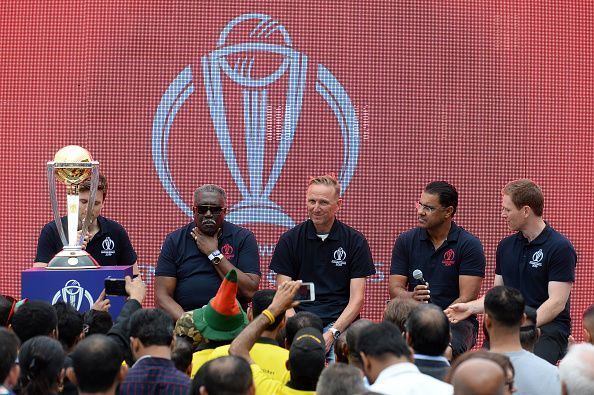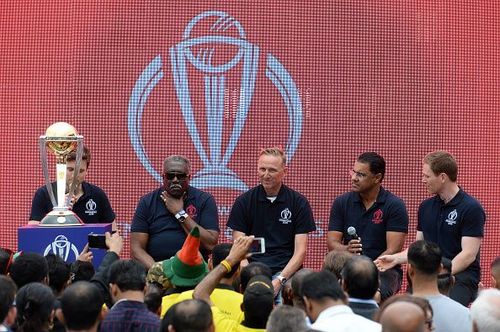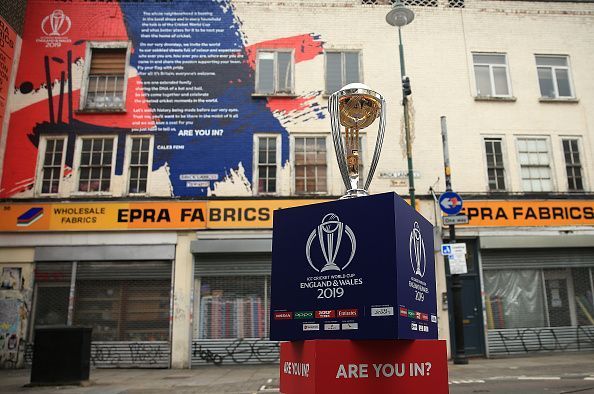
3 Reasons why the World Cup should have more than 10 teams.

The fixture list for the ICC Cricket World Cup 2019 came out sometime back and you might have noticed a few things. For one, there are only 10 teams as compared to the 14 that participated in three of the last four World Cups.
Fewer teams means there will be fewer matches, however the 2019 tournament shall be lengthier than before.
The World Cup is a special event. It’s a tournament that every little kid dreams of winning for their country one day. There’s a special excitement when your country plays a World Cup match, no matter who the opposition.
Reducing the number of teams takes some of that away. At a time when people are thinking Test Cricket is dying and One Day Cricket is becoming boring, should they really be looking to exclude the few teams that are wanting to play?
The FIFA World Cup is arguably the most popular sporting event in the world. It is a 32 team World Cup and yet they're looking at expanding the number of participants. The Cricket World Cup has less than half the number of teams. Yet, the ICC has decided to reduce the numbers.
#1. The associate nations need more revenue

A major source of the revenue received during the World Cup is from TV rights and therefore, it’s extremely helpful when teams like India and Pakistan play. The revenue sharing system however isn’t uniform. Strong boards like the BCCI get a much higher share while other boards are left struggling.
Yes, the amount of revenue that teams like Zimbabwe receive has increased, however it’s not enough. The minimum a team received just for participating in the 2015 WC was $35,000. If they don’t get to participate, they don’t even get this minimal amount. Players playing for countries with cash-strapped boards are unsure of their futures. In countries like Scotland, Ireland etc, players retire early and look towards other methods to sustain themselves. Even in a country like South Africa, which has been at the top of the game for many years now, players leave on Kolpak deals.
A shortage of revenue also means these countries can't invest in technology. As a result of this, they have to play most of their matches without DRS. The recently concluded Test between Ireland and Pakistan didn't have DRS as Ireland thought it was too costly and they couldn't afford it.
It also makes it tough to improve the infrastructure and facilities available to the players. Better facilities would lead to a higher quality of players coming through. This would enable them to compete at a higher level. But without the money, there's not much they can do.